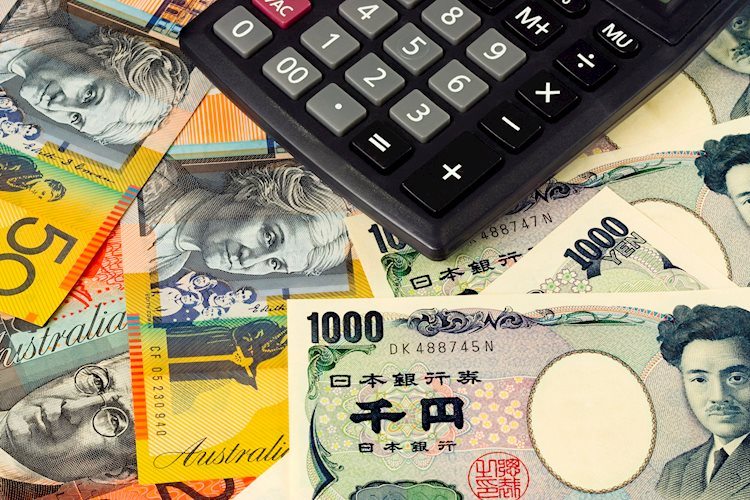The AUD/JPY cross is gaining support from several factors, pushing it closer to a two-month high. The Japanese Yen is being weakened by comments from Japan’s incoming Prime Minister, Shigeru Ishiba, who believes that the Bank of Japan’s monetary policy should remain accommodative to support the fragile economic recovery. Despite positive Japanese macro data, Ishiba’s comments overshadow any potential gains for the JPY.
Recent reports from Japan show a drop in the unemployment rate to 2.5% in August, along with steady sentiment among big manufacturers and slight improvement among large non-manufacturers. The Bank of Japan’s Summary of Opinions suggests that they may adjust their accommodative stance if economic conditions continue to improve, further adding pressure on the JPY. On the other hand, the Australian Dollar has been boosted by strong Retail Sales data in August, coupled with a hawkish stance from the Reserve Bank of Australia and optimism over stimulus measures from China.
Although the AUD/JPY cross has been climbing, there is uncertainty around whether bulls can sustain this momentum, especially amidst expectations of a potential rate hike by the Bank of Japan by the end of the year. Additionally, the formation of a ‘Death Cross’ on the daily chart, where the 50-day SMA crosses below the 200-day SMA, indicates caution for traders looking to go long on the AUD/JPY pair. It is important to monitor these developments closely before making any decisions on trading the pair.
One key economic indicator to watch in relation to the AUD/JPY pair is the Retail Sales s.a. (MoM) data released by the Australian Bureau of Statistics. This data measures the value of goods sold by retailers in Australia and is a significant indicator of consumer spending. A high reading is typically seen as bullish for the Australian Dollar, while a low reading is considered bearish. Traders should pay attention to these releases as they can impact the performance of the AUD/JPY cross in the forex market.
In conclusion, the AUD/JPY cross is currently benefiting from a combination of factors such as positive Australian Retail Sales data, a hawkish stance from the RBA, and optimism over Chinese stimulus measures. However, comments from Japan’s incoming Prime Minister and expectations of a potential rate hike by the Bank of Japan are putting pressure on the Japanese Yen. Traders should remain cautious and monitor economic indicators closely to make informed decisions when trading the AUD/JPY pair.











